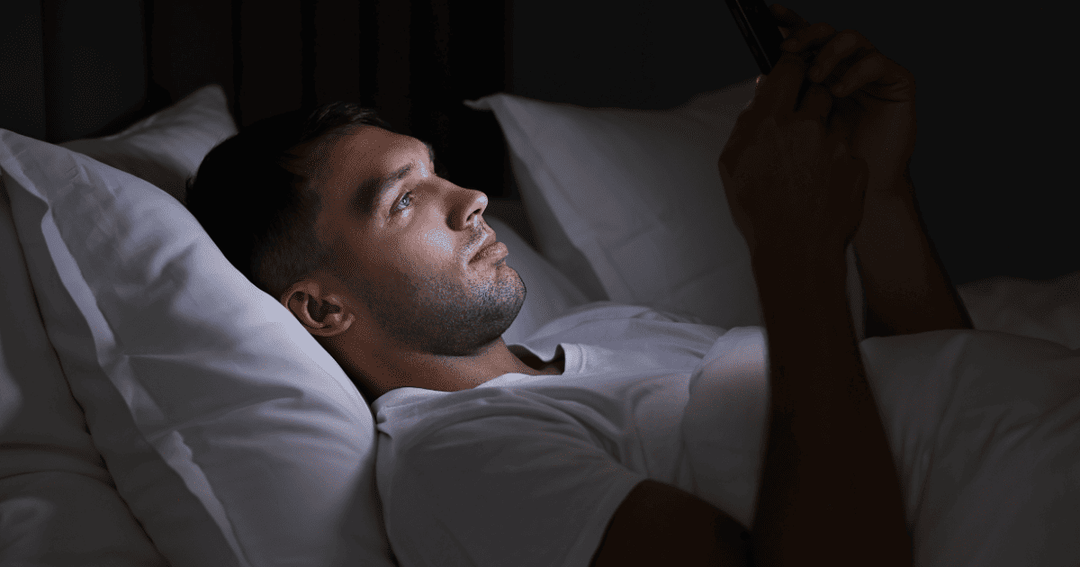Scheduled “Worry Time” Before Bed Can Help with Sleep

Worry is a leading cause of poor sleep and a driving force behind insomnia, one of the most common sleep disorders. Good sleep hygiene practices (as well as the right supplements can help you achieve the sleep you need. This can range from taking a bath to reading a book, but one unorthodox method for worriers might make all the difference: a slot just for “worry time” before bed.
When you’re burdened with everything you have to do the next day, concerned about relationships or job aspects, this can all create a cycle of poor sleep. It probably isn’t possible to actually address all of these issues at once, but using the “worry time” technique has been shown to help many people fall asleep faster and stay asleep.
The worry time technique has been called an “effective cognitive-behavioral method for controlling excessive worry and anxiety” by one sleep expert in India. In fact, those who want to avoid medications can think of cognitive-behavioral therapy for insomnia (CBT-I) as the go-to method.
You can’t really do full CBT-I by yourself, but you can certainly adopt some of the techniques. The worry time technique works by helping you collect your thoughts (and worries) for the day into one scheduled timeframe.
Many people find it more manageable if they dedicate time to worry, resulting in feeling less anxious outside of this time, like when you should be sleeping.
A Nighttime Routine
This technique isn’t for everyone, but if you feel like it’s your thoughts and worries that are keeping you up at night, it could be an effective method. Cognitive distortion occurs when problems are magnified and then generalized, which can result in “full-time worry” where everything seems insurmountable.
Understandably, when you feel like that, you’re going to have problems sleeping. Worse, a lack of sleep can make cognitive distortion even worse. The worry time technique can help tackle worries, keep them in their place, and compartmentalize them long enough so that you can sleep.
Read More: Why Sleep is Important for Your Health
When you decrease anxiety and intrusive thoughts that so commonly get in the way of sleep, you can establish a better sleep routine. Ideally, this is done at bedtime but not right before you sleep. A buffer window can be helpful between the two when you can take a hot bath, read a chapter of a book, meditate, or do another soothing activity.
It can be challenging at first because we live in an era where many of us take our work (and worries) home with us. Going back to a schedule where you have time slots for everything can help separate sleep and work.
Increased Cases of Insomnia
There are two types of insomnia: acute and chronic. Chronic insomnia is long-term and peaked during the pandemic. Insomnia is most common in women and occurs more frequently as we get older, but anyone of any age can struggle with sleep problems. If worrying is keeping you up at night, it might be time to seek professional help—but the worry time technique can be used by anyone.
It has long been popular in CBT-I therapy and, even if you don’t have diagnosed insomnia, if you want to get better sleep, it might be the solution for you. It’s fast, natural, and can be done anywhere. Sip2Sleep® is the same.
Sip2Sleep® is an organic drinkable supplement made of Montmorency tart cherry extract and Venetron®. Together, these two ingredients lessen inflammation and anxiety, two key causes of insomnia. Many people are surprised to learn that inflammation might be causing their insomnia, but of course, anxiety and worry can worsen it.
Also Read: Sip2Sleep®: Why a Liquid Sleep Aid Works Better Than Pills or Powders
Sometimes, if you effectively remove one obstacle, like worrying, the other condition becomes more manageable. Unlike OTC or prescription sleep aids, Sip2Sleep® is a supplement with no systemic side effects or risk of dependency. It is not a melatonin supplement, which is good news for the many people who have recently learned of the risks of synthetic melatonin and are looking to avoid it.
Sip2Sleep® fits easily into even tight schedules. You might even want to try it right after your scheduled worry time.







